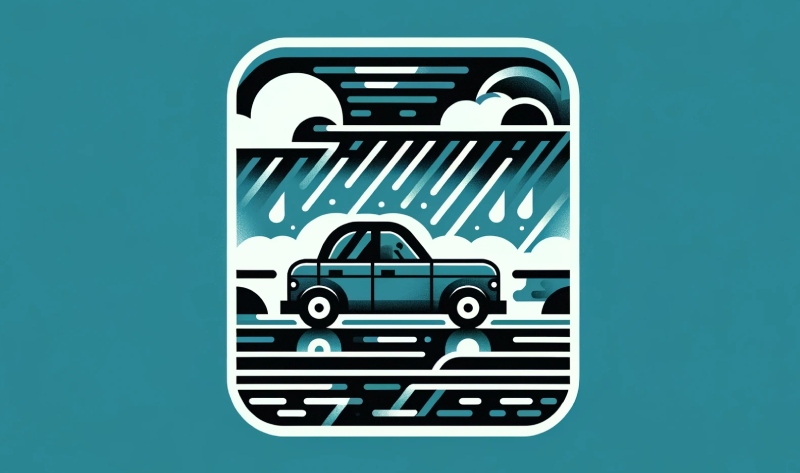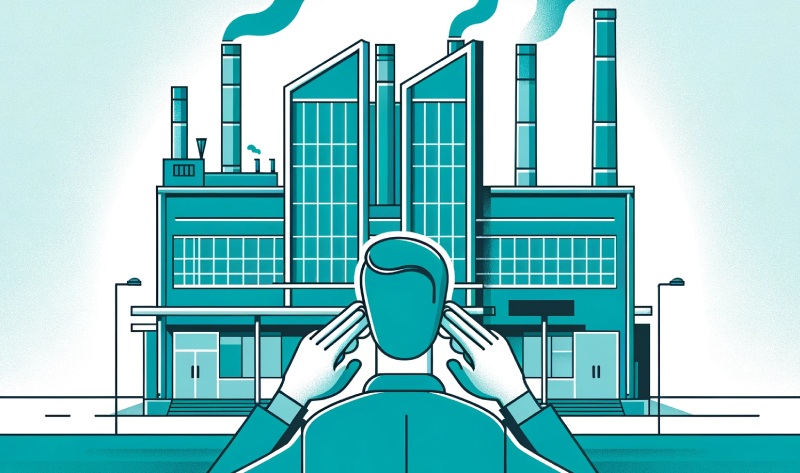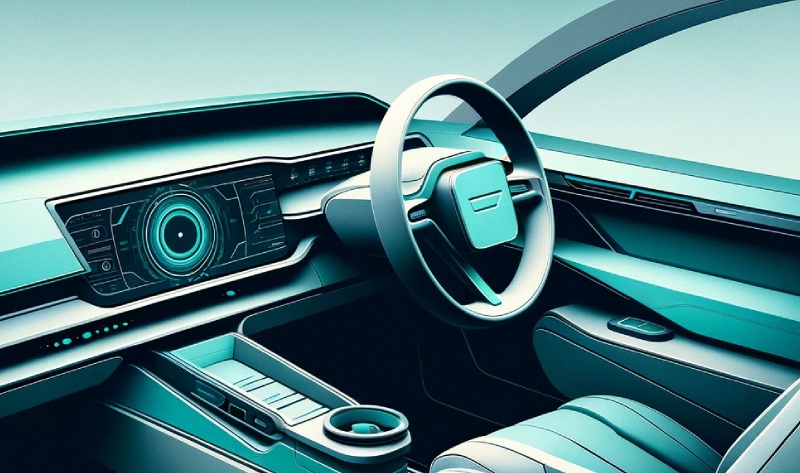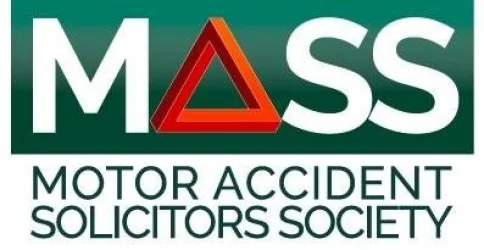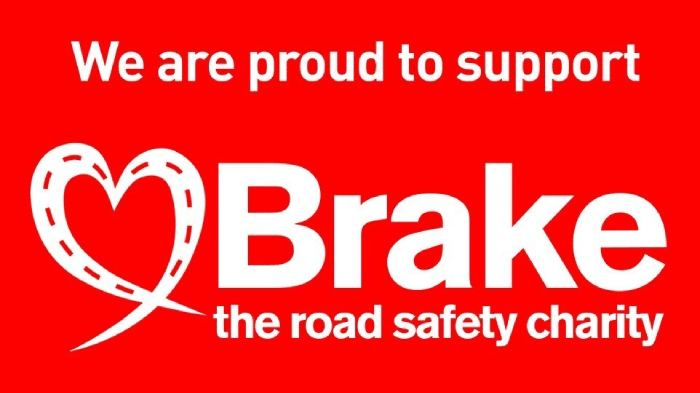It’s a fact of life in Northern Ireland that it rains. On average, we get around 151 days of rainfall every year. Given all those wet and cloudy days, it is little surprise that NI drivers are pros when driving in the rain. Despite this, there are some useful tips for driving safely when the rain is particularly heavy.
We have compiled our top tips for reducing both road accidents and general inconvenience.
Preparation
If you can avoid driving in the rain, then you probably should. Rainfall, particularly heavy showers, often stops or subdues as quickly as it starts. Can your journey be postponed for an hour?
If your journey is necessary, then you’ll want to do these checks before moving:
- Window wiper checks.
- Headlamps, including full beam.
- Tyre tread depth.
- Local weather reports.
Before you set out, check a weather app, radio station or other localised method of learning of flood risk. Some Northern Ireland roads are prone to flooding and if you get caught off guard you could seriously damage your car or even involve yourself in a collision.
The art of driving
Your driving practices should change significantly when driving in the rain. You should take into account the rainfall, the puddles and other road users.
- Stopping distance in the rain increases by at least double. Slow down and create more space between you and the vehicle in front.
- Remain visible by using your headlights.
- Be particularly cautious around HGVs that may create spray.
- Monitor the vehicle interior’s temperature. Your air conditioning should help prevent windscreen misting.
- Use your windscreen wipers at the speed setting that offers most visibility. It doesn’t matter what setting oncoming drivers are using in their own car and they definitely aren’t judging you for excessive wiper use.
- Beware that pedestrians and cyclists may be more erratic when they’re being rained on.
Always err on the side of caution when driving in the rain. Expect the unexpected, even if you don’t believe pedestrians and other road users are in the immediate vicinity.
Floods and puddles
If the rain is heavy, then you can expect puddles and even flooding. Both can be equally dangerous in the right circumstances.
- Avoid driving too fast through puddles deeper than 4 inches.
- Avoid driving through puddles deeper than 6 inches altogether or that appear to be moving.
- Move slowly. Deliberately splashing pedestrians is illegal and traversing puddles may drag you to one side.
- If you accidentally enter a puddle at speed and feel like your steering has become lighter, you may be aquaplaning. To regain grip, ease off your accelerator and refrain from breaking until you regain grip.
- If you feel that you went through a puddle too fast or if it was too deep, test your brakes when safe to do so. Be aware that the water may damage your vehicle’s electronics.
If you can avoid puddles or flooding of any nature, then do so. This is the only way to minimise the risk of breakdowns and emergencies.
Breakdowns and emergencies
Careful driving practices and good preparation will be your best friends when driving in the rain. However, sometimes accidents happen.
- Ensure you have an adequately charged mobile phone with you on your journey in case of emergencies.
- If you break down in particularly heavy rain avoid opening the bonnet in order to protect your vehicles electrical system.
- If you break down in deep water, switch on the hazard lights and call for assistance. Restarting the engine may damage the engine.
- Don’t exit your vehicle if rain obscures visibility, and you’re on a busy road or motorway, unless it’s absolutely safe to do so.
- Rain can often be accompanied by cold winds. Be sure to have warm clothing with you on your journey.
Did you find this useful? If so you might also like our weather related top tips for driving:
We’re experts when it comes to road traffic accidents. If you have had a collision in the past 3 years that was someone else’s fault, contact us today or learn more about our services here.
